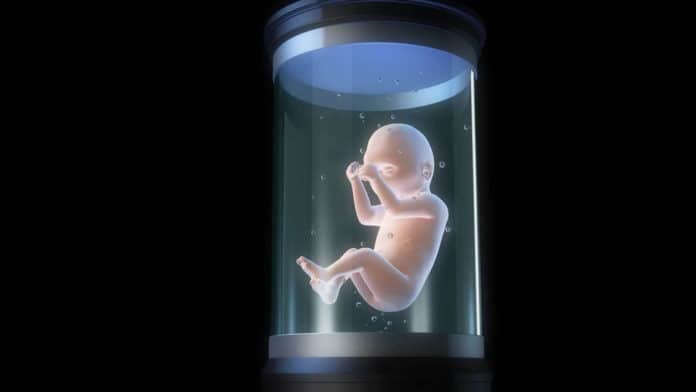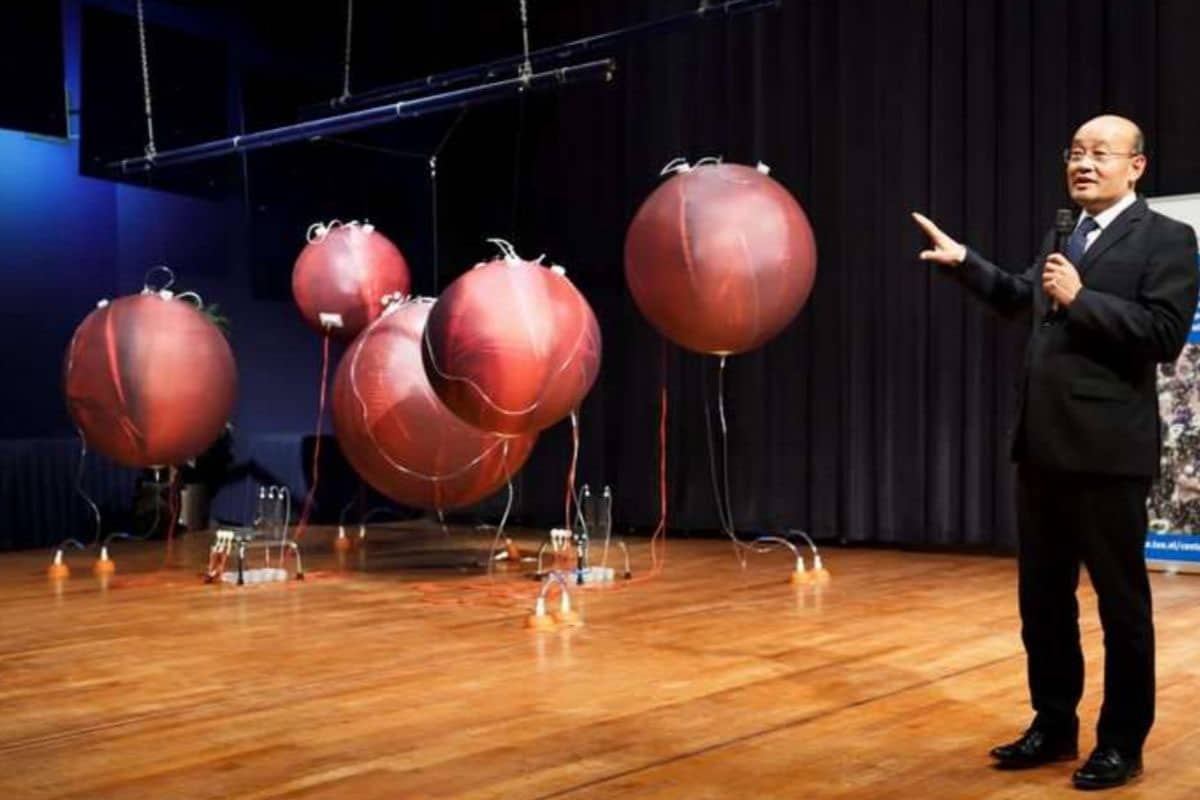Researchers at the Eindhoven University of Technology in the Netherlands received a Future and Emerging Technologies grant from the European program Horizon 2020 of almost 3 million euros to develop an artificial womb within the next decade.
The model, which is being developed, would provide babies with artificial respiration. Notably, in case of premature birth, the artificial womb will be an adequate substitute for the protective environment of the maternal womb. It will provide a natural environment for the baby to ease the transition to a new life.
Unlike current incubators, the artificial womb would be similar to biological conditions, with the baby surrounded by fluids and receiving oxygen and nutrients through an artificial placenta that will connect to the umbilical cord.
Premature birth is a major problem, affecting more than 1 in 10 babies globally. Babies born this early may have more health problems or need to stay in the neonatal intensive care units (NICUs), which support their cardiorespiratory function and development to full term. Despite advances in medicine for extremely premature infants, NICUs are not an adequate substitute for the protective environment of the maternal womb.
Through this project, scientists envisioned a solution as an artificial womb, where the intrauterine environment can be protected extracorporeally by transferring the extremely premature baby to a perinatal life support system. This will help the fetal organs further develop until they reach maturity.
With the perinatal life support solution, the supply of oxygen and nutrients would be maintained through the fetal umbilical cord connected to an artificial placenta. A liquid-based environment will support fetal cardiorespiratory physiology and will avoid the negative effects of air-based ventilation on the infant’s underdeveloped lungs.
The scientists aim to develop and validate the perinatal life support system using breakthrough simulation technology; herein, extremely premature infants and their birth are mimicked using a manikin, while advanced monitoring and computational modeling provide clinical guidance on fetal status and treatment.
In 2017, a team of scientists from the Children’s Hospital of Philadelphia (CHOP) in the US tested an artificial womb meant to carry premature births on a lamb fetus successfully. The technology provides a safety net to give a premature child every chance of survival.
Guid Oei, a gynecologist at MMC and part-time professor at TU/e, said, “An artificial womb serves as a replacement for an incubator and artificial respiration. It is much more natural because it resembles the conditions in an actual womb more closely. Our goal with the artificial womb is to help extremely premature babies get through the critical period of 24 to 28 weeks.”
“During the next five years, we will conduct further research and test these technologies in a European collaboration, and continue to develop them until we manage to realize the first prototype of an artificial womb. That is a wonderful challenge.”

